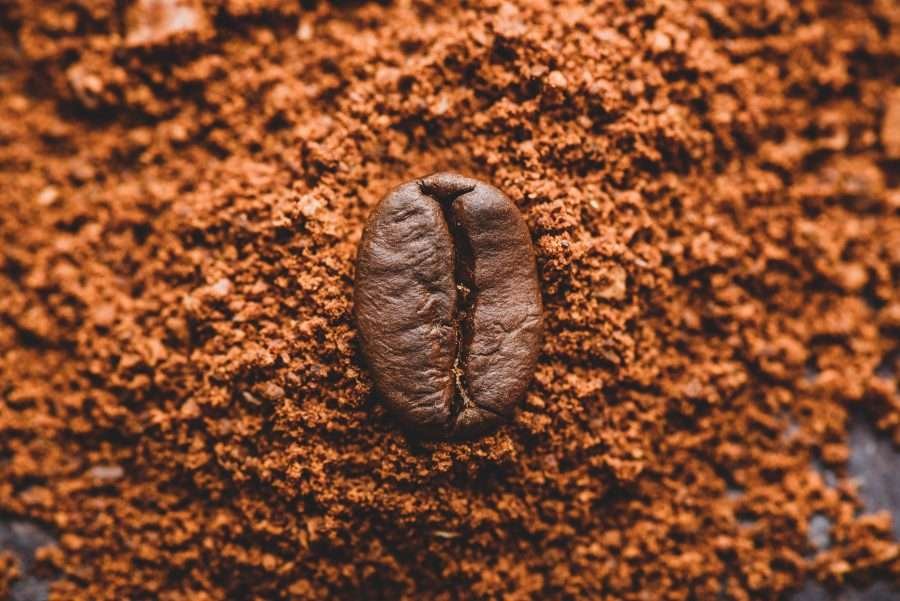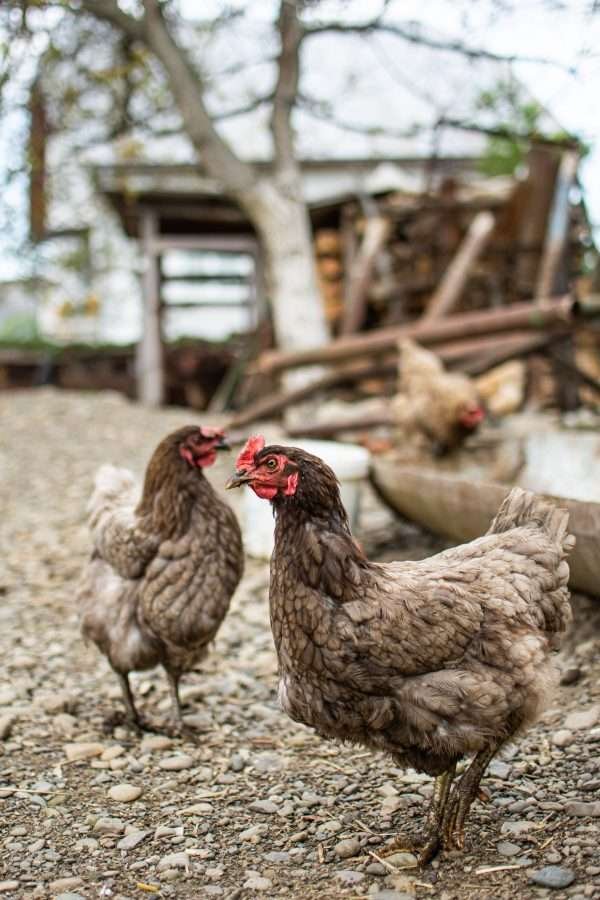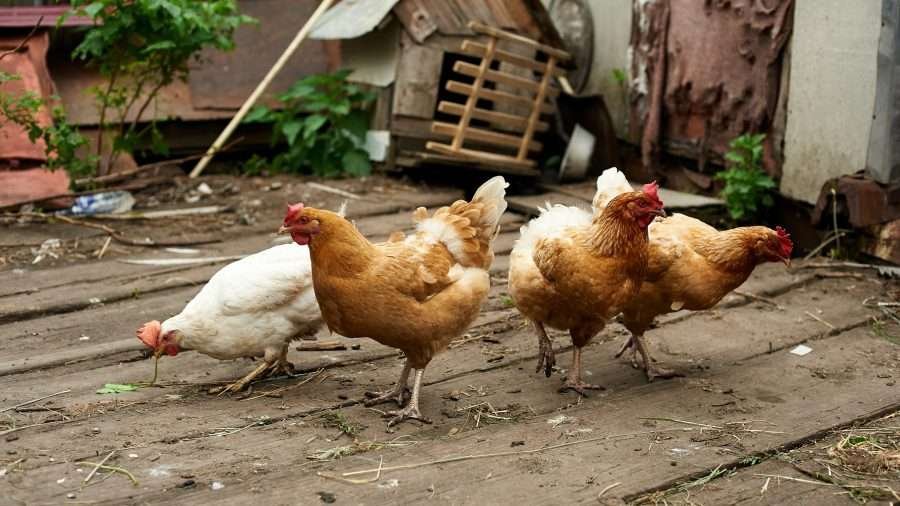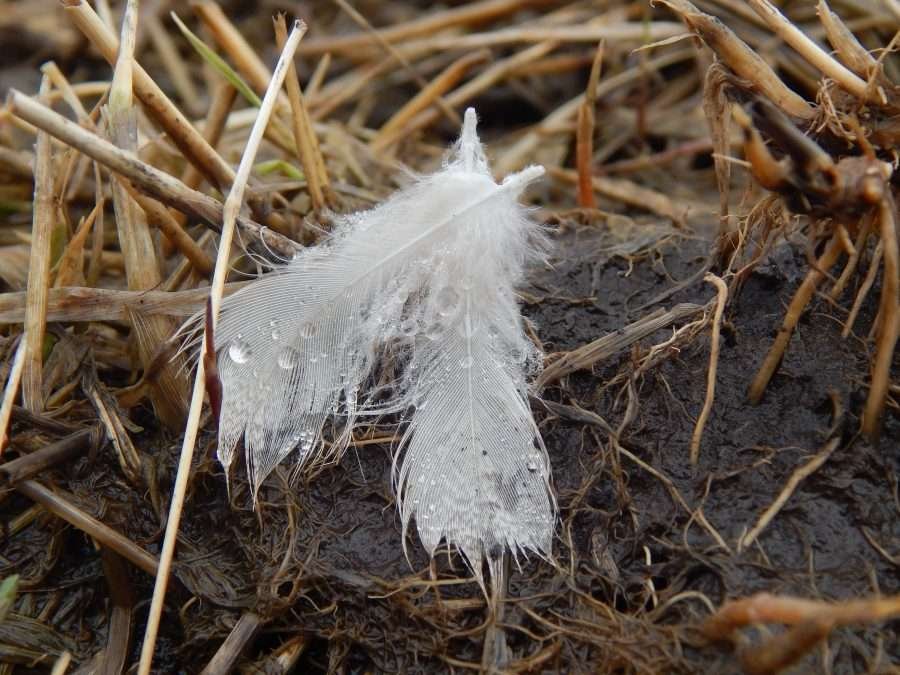
An important question to ponder when setting up your chicken run or coop is ‘what is the best ground cover for a chicken run?’
The best ground cover for a chicken run depends on the environment in which the chickens will live, the type of chicken coop and run installed and the number of chickens residing in that coop or run.
Most coops and runs will require at least some minimal cover between them and the natural dirt surface. Chickens do not do well in muddy or overly wet environments, so providing a raised surface or one that drains or sheds water is ideal.
A ground cover should be relatively soft on a chickens feet and be able to be kept reasonably clean. A hard surface and dirty living space are key factors in the occurrence of bumblefoot which is a serious foot injury that chickens can develop.
Ground covers can also provide a warming, stimulating and enriching environment for chickens so choosing the right one for your set up is very important.
What this article covers
Below are some quick links. Click any of them to go straight to the section you are interested in – or just carry on reading for the full article!
Pros and Cons of Groundcover Options
The Simplest and Most Effective Options
Pros and Cons of Ground Cover and Flooring Options
| Groundcover | Pros ✔ | Cons ❌ |
| Grass | – Chickens can forage for insects/worms – Chickens can eat the grass – Good nutrition means tasty eggs! – Grass is soft on their feet – Chickens are kept entertained by the interaction with a a grassed groundcover | – Chickens will scratch the grass and may destroy it – Best for movable runs or coops (i.e chicken tractors) – Grass will need to be reseeded or re-laid if run is kept in the same place |
| Sand | – Soft on their feet – Cheap – Dries out manure for easy collection – Chickens can easily scratch manure back into the sand resulting in lower maintenance requirements for cleaning – Chickens can forage for insects and bugs | – Less suitable in wet climates – Needs suitable drainage underneath the sand – Chickens can scratch the sand out of the run leading to replacement more often |
| Wood Chips | – Durable and lasts a long time – Chickens can forage for bugs and insects – Cheap – Stimulating for chickens by overturning wood chips – Chickens naturally overturning the wood chips mixes manure back into the soil underneath | – Chickens can scratch the wood chips out of the run leading to replacement more often |
| Coffee Grinds | – Soft on chicken feet – Cheap – Dries out manure for easy collection – Chickens can easily scratch manure back into the grinds resulting in lower maintenance requirements for cleaning – Chickens can forage for insects and bugs | – Chickens can scratch the grinds out of the run leading to replacement more often – Should only source decaffeinated grinds, as caffeinated can be toxic to chickens |
| Linoleum | – Easy to hose or pressure clean – Can be cheap and easy to source second hand – Easy to put down as coop or run flooring | – Can be slippery without another layer on top – Can be toxic to chickens if material is new and has not been off-gassed first or if material is degrading and chickens peck at it and digest the material – If bought new, can be expensive – Cheaper quality linoleum will need replacing more frequently |
| Concrete | – Solid barrier for predator entry – Easy to hose or pressure clean – Durable – Can be cooling in hot weather | – Can be too cold if in a cool climate – Not stimulating for chickens as they cannot forage – Hard on their feet and may cause injury (i.e bumblefoot) – Expensive to construct – Requires more effort for cleaning frequency |
| Gravel | – Easy to put down as a cover – Keeps chickens stimulated by allowing foraging and turning of gravel stones – Easy to scrape off top layer for cleaning | – Can be hard on chicken feet and may cause injury – Chickens can scratch the gravel out of the run and make a mess – Can be expensive to source – Gravel will need regular top ups of fresh material |
| Wooden floors | – Can be cheap if made from spare or scrap wood – Can be made predator proof | – More effort to keep clean – Might need extra surface covering to prevent rot or termites – Will eventually rot – Needs bedding – More expensive |
| Straw | – Can be cheap to source – Comfortable for chicken feet – Warming in winter | – Has to be replaced frequently – Chickens will quickly make a mess of it – Can attract rodents wanting to hide or nest in the straw |
The Simplest and Most Effective Options
Grass
Grass is a great ground cover due to its softness and interactive characteristics.
It provides a lovely foraging medium for chickens but it is best suited for runs or chicken tractors that can be regularly moved around. Otherwise the grass will eventually get depleted by the chickens’ activity of scratching and pecking at the grass.
Having access to tasty fresh grass will indeed improve the chickens egg laying and allow an extra source of nutrition and diversity in their diet.
When you notice the grass becoming depleted in the run area, move the run or chicken tractor before it gets too barren so that the grass has a chance to recover or be reseeded. If re-seeding use a fast-growing seed mix which will speed up your grassed area repair time considerably.

Sand
Course sand, otherwise known as ‘builders sand’ is another good option for a chicken run ground cover.
Its inexpensive and easily cleaned by raking the surface of the sand. The sand also absorbs the chicken manure, drying it out quickly.
Sand is soft on chicken’s feet and drains easily. The chickens can also use the sand for dust bathing to help keep mites and insects off them.
Sand allows the chickens to scratch around for bugs and insects and therefore keeps them occupied and stimulated.
If residing in a climate with hot summers, beware of the sand becoming too hot under the chickens feet if exposed to a lot of sun.

Wood Chips
Layers of wood chips make a great ground cover in a chicken run.
In fact, this is our preferred ground cover for our own chicken run. We love this option because it’s inexpensive and allows the chickens to forage for bugs and insects.
When the wood chip layer gets too concentrated with poop it can be raked up and composted or a new fresh layer is then added to the top. The chickens also scratch around and naturally turn the wood chips over freshening up the layer themselves.
A new layer generally only needs to be added every 6 months to 1 year depending on the size of your flock, so it’s a very low maintenance option as well.
When adding the wood chips try and put them on thick at least 2” (5cm) deep so they don’t get scratched into the dirt too quickly and need more frequent replacement.
It’s also best to stay away from colored or scented wood chips to avoid any potential skin or health irritations and stick with natural untreated wood chips.

Coffee Grounds
Recycled coffee grounds can make a popular choice for chicken coop groundcovers due to their similarity to sand and ability to absorb odour and moisture. Coffee ground are soft on chickens feet and biodegradable, therefore making them an eco friendly option.
Recycled coffee grounds are also readily available and easy to rake up and compost when the groundcover needs freshening up.
Ensure the coffee grounds you use do not contain residual caffeine. Coffee, like chocolate, contains substances that are harmful to chickens if consumed.
Recycled coffee grounds can be sourced from your own home or ask for them at your local cafe’s (get the decaffeinated grinds).

Other Alternatives That Can Work But Require More Effort
Linoleum
Linoleum can be a popular choice with chicken owners due to its glossy surface and ability to be easily picked and cleaned off with a garden or pressure hose.
Linoleum can be easily sourced second hand making it a cheap flooring option to line your chicken coop or run.
If using linoleum, ensure the material has not started degrading to avoid your chickens pecking at it and digesting the material. This can be toxic for them and its also not something your want going into your eggs.
Its a good idea to put some sort of layering like sand or wood chips over the top of the linoleum to make it less slippery for the chickens.

Concrete
Concrete provides a heavy, solid barrier that can prevent predators from digging their way inside the chicken coop or run.
Concrete is also easy to clean with a hose and water. However, concrete surfaces can be cold and are unsuitable for cold environments.
Cold hard concrete is not comfortable for chicken feet or good for their immune systems.
Installing concrete is more expensive for materials and labor and involves more planning and effort.
Concrete can also be boring for chickens as they cannot forage for insects or bugs or scratch around.

Gravel
Gravel can be a great option for a chicken run ground cover when the soil underneath is prone to becoming wet and muddy.
Gravel provides a great drainage layer and generally dries out quickly.
For proper drainage the gravel should be at least 5 cm (2 inches) deep to provide adequate drainage and enough of a layer not to wear down too quickly. Keep in mind with the scratching activity of chickens the gravel will get moved around and to a degree.
It’s best not to lay any kind of artificial membrane underneath such as plastic, just leave the natural soil in place. That way the chicken poop can wash through the gravel through to the soil where it will break down.
Gravel can be more expensive to source than other organic ground cover materials such as wood chips and sand and will need regular top ups depending on how much your chickens scratch at it and flick it around.
Gravel can also be hard on your chickens feet too so make sure they get some relief on softer surfaces such as grass or sand every now and then.

Wooden Floor
Wooden floors can work but generally have a shorter lifespan due to decay from moisture and warping. They also require regular cleaning due to poop build up on their surface.
The benefits of a wooden floor are the materials are usually easy to get hold of and can be DIY’d from scrap wood laying around.
A wooden floor is not suitable for environments with frequent rainfall and local humidity levels will also help determine the floor’s maintenance frequency and life expectancy.

Straw
Although nice and soft and warm when kept dry, straw is not advisable to be used as a run groundcover – unless you don’t mind doing frequent replacement with fresh straw.
It does not do well with moisture and is prone to becoming wet and sodden, turning to mush and attracting pests such as mice or rats.
Due to its light weight it doesn’t last very long as a functioning ground cover due to it being easily scratched up and flicked around.
Unless you have your own bales of straw to use for regular flooring replacement, straw can end up being an expensive option with the maintenance effort involved.

What Does Not Work
Mud or Clay
Mud or clay floors are not suitable for chicken coops or runs.
Water, poop and mud or clay mixed together creates a messy environment and your chickens will find it difficult to walk, be caked with dirt and poop and create an inviting habitat for parasites, causing health issues.
Chicken coop or run ground covers that are prone to being muddy and wet should have a ground cover installed with good drainage such as a thick layer of gravel, sand or wood chips.

Metal Mesh
A metal mesh floor doesn’t allow chickens to scratch, peck and dust themselves.
If the chickens don’t get access to natural even ground it can lead to overgrown toenails resulting in health problems if left ignored.
Metal mesh ground covers need to have the right size mesh holes for the size of chickens you keep. If the mesh holes are too big and their feet may slip through and if too small and they may get stuck.
Wire floors are more suitable for smaller birds like Serama chickens and bantams.
Another downside of wire coop run floors is they bend unevenly over time and become distorted which can further lead to foot problems in your chickens feet.

In Summary – What is the best ground cover for a chicken run
The most suitable ground cover for your chicken run is going to depend on the environment you live in, how many chickens you have and the level of effort you want to put into the upkeep of keeping the run clean and tidy.
Like we mentioned earlier, we have chosen wood chips over the sandy soil (which naturally occurs at our property) for our chicken run due to it being a cheap and relatively low maintenance. We love watching our chickens forage for insects that hide underneath the wood chips and this keeps them happy and healthy in their run as well.
We hope you have now weighed up the options and are better informed on a suitable ground cover for your own chicken run set up.
Chicken Care Shopping List
Are you looking for a shopping list of everything you need when caring for your precious flock? We have put together an easy reference of items for your convenience.

